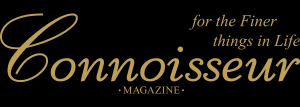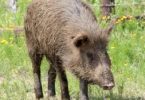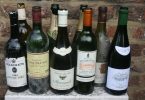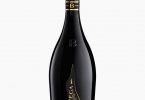Every two years the Austrian growers display their wares in the Hofburg – the Habsburg winter palace in Vienna. It is a mammoth undertaking arranged over three days with lots of parties in the evening for those who have spent their days slurping and spitting wine. Here are my findings – space only permits me to include those which struck me as very good or excellent.
Vievinum
You may also like
Can Wine Help – Happy Easter to...
4 weeks ago
My Night With Boris
4 years ago
My Memories of Michael Broadbent
4 years ago
Whisky: The Connoisseur Guide
5 years ago
The Spirit of Christmas Present
5 years ago
Austerity and Prosecco
5 years ago






